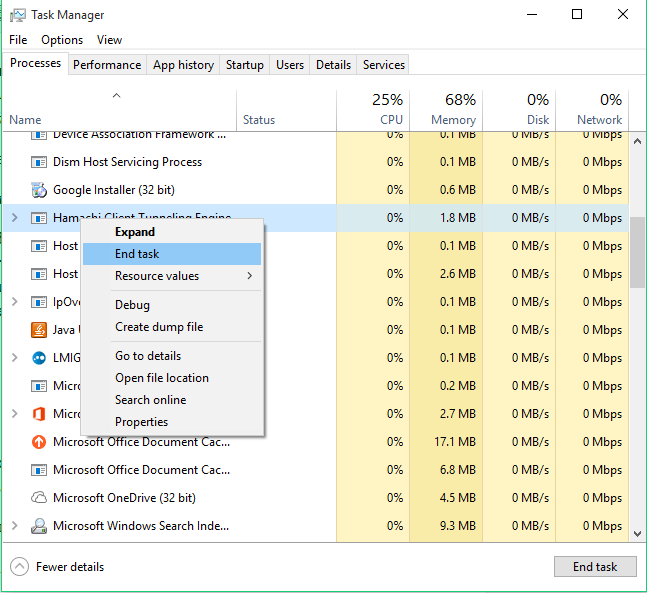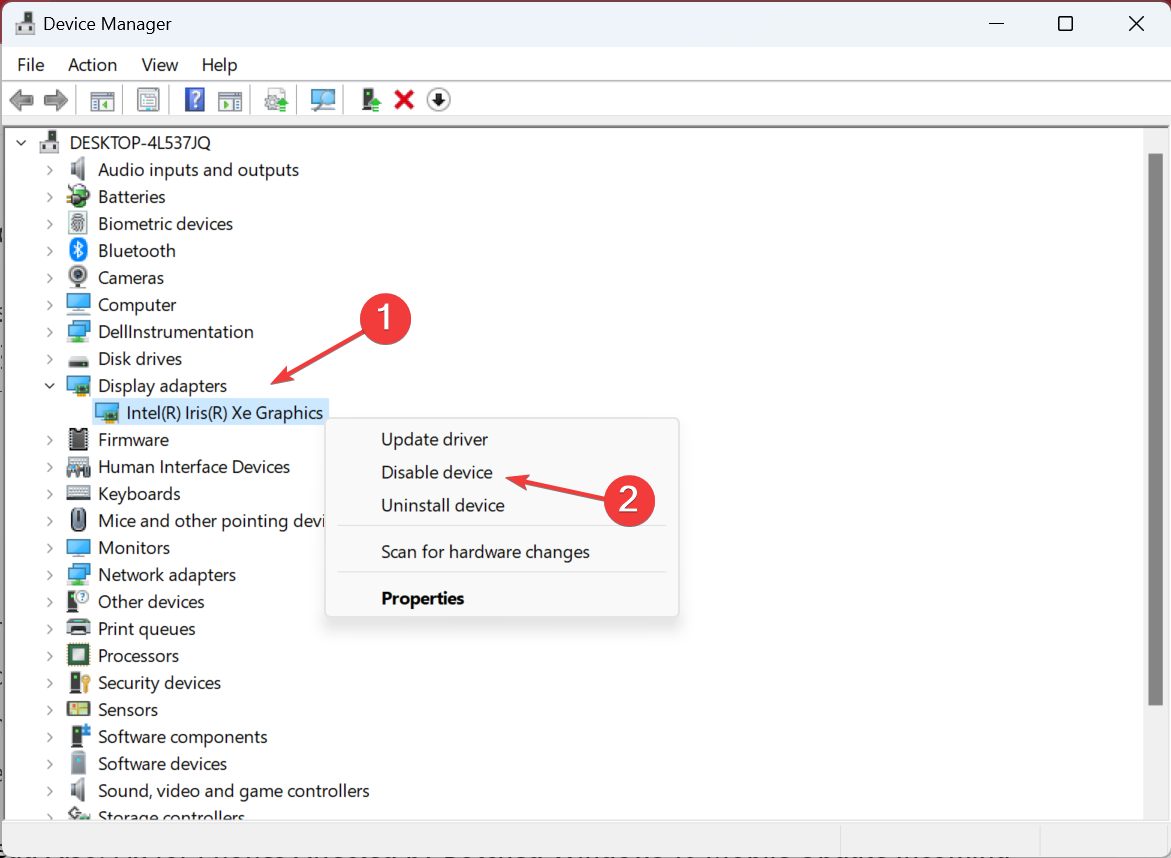How to Reduce Fan Noise in Windows 10
Discover verified ways to make your fan quiter
4 min. read
Updated on
Read our disclosure page to find out how can you help Windows Report sustain the editorial team. Read more
Key notes
- Several users, after upgrading to Windows 10, have complained of increased fan noise, but it's generally not an OS-related issue.
- The problem arises due to malfunctioning hardware or increased resource consumption.
- A quick fix is to clear the dust accumulation, or you could manually control the fan speed, amongst other solutions.

Microsoft promised an improved performance with Windows 10, and while that has been the case, there still are some issues with the iteration. One of the more serious problems is increased fan noise, though not always an OS issue. But, users can quickly reduce fan noise in Windows 10.
So, what exactly causes fan noise, whether the fan is as effective, and ways to make your fan quiet are a few questions users keep asking on forums. Since there are several underlying causes, you must follow a comprehensive troubleshooting approach. Keep reading to find out!
Why is my Windows 10 fan so loud?
A common question many ask is, why is my Windows 10 fan so loud? And here are the reasons for it:
- High resource consumption: A common reason behind the problem is high resource consumption. When you have 100% CPU or high RAM usage, the fan tends to run faster to maintain temperature levels and, as a result, makes more noise.
- Dust accumulation: In many cases, the dust accumulation around and inside the fan case led to increased noise. This usually happens over time and has to be resolved manually.
- Broken parts or hardware malfunction: There is also a chance that a part is broken or a component is malfunctioning. And to reduce fan noise in Windows 10, repairing or replacing it is the only viable solution.
How do I reduce fan noise on a Windows 10 laptop?
Before we head to the slightly complex solutions, here are a few quick things to try:
- Restart the computer.
- Check for dust accumulation and remove it with a can of compressed air. Do not use pointed objects to clear dust deposits.
- Enable performance enhancement settings in Windows and check whether this helps reduce fan noise on a Windows 10 PC.
- Optimize the PC for gaming in case your experience loud fan noise when running games.
- Uninstall Windows updates installed recently, in case the problem appeared after installing one.
If none work, move to the fixes listed next.
1. Close processes that use a lot of CPU power
- Open Task Manager. You can open it by pressing Windows + X and selecting Task Manager from the menu.
- Now you need to locate processes that use a lot of your CPU power. The most common processes are IAStorDataSvc, NETSVC, IP Helper or Diagnostic Tracking Service, but there could also be some other process that is using your CPU.
- If you find any of these processes using your CPU power more than they should, terminate them by selecting End task, and see if the fan noise is lowered.
- If this helps, you can also go to the Startup tab in Task Manager and right click the process that is using your CPU and disable it from starting with your Windows 10.
2. Disable duplicated display drivers
- Open Device Manager. You can open it by pressing Windows + X and choosing Device Manager from the list.
- Find the Display adapters section and expand it.
- If there are two drivers available, right-click the one you don’t use and choose Disable.
Users have reported that Windows 10 sometimes installs two graphic card drivers, and sometimes that can cause fan noise. The easiest way to fix this is to disable the graphic card driver that you don’t use. Or you could also update the graphics driver.
3. Manually control the fan
If nothing works, a quick solution is to manually control the CPU fan and set it to run at a lower speed. Because speed is often linked to noise, the lower the speed, the lesser the noise.
But, be careful when making the change, as setting the speed to low could lead to an increased temperature which might damage the sensitive components. So, you will have to find a perfect balance.
These are simple solutions that can reduce your CPU usage and reduce fan noise on a laptop in Windows 10. Before you leave, check some quick tips to make Windows faster while also lowering the fan speed.
Tell us which fix worked for you in the comments section below.










User forum
0 messages